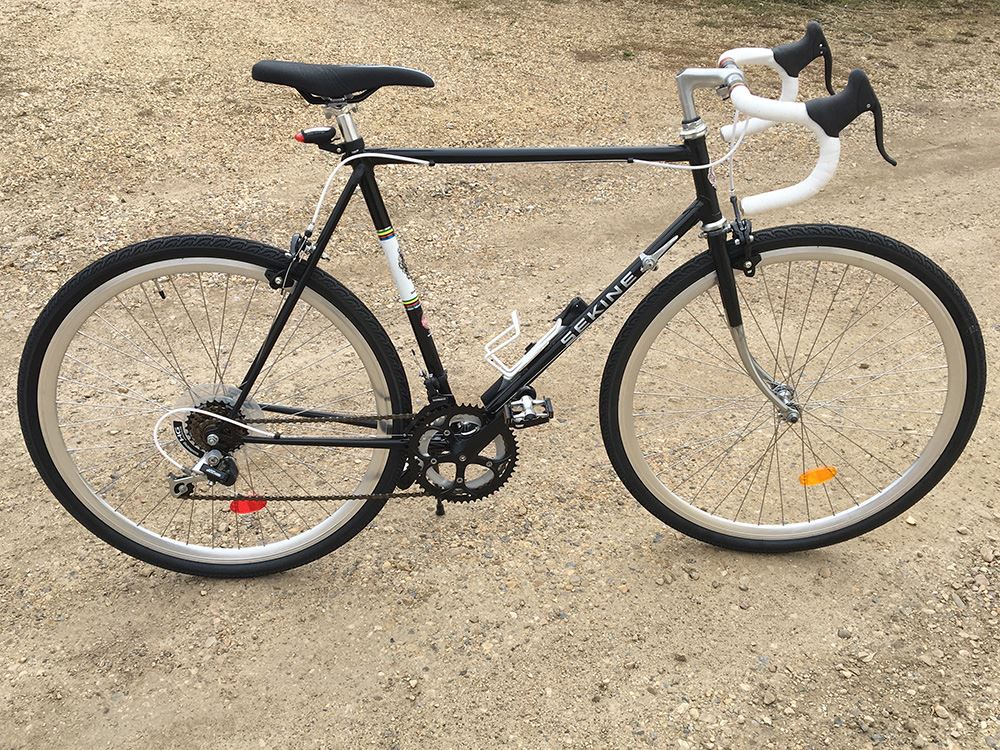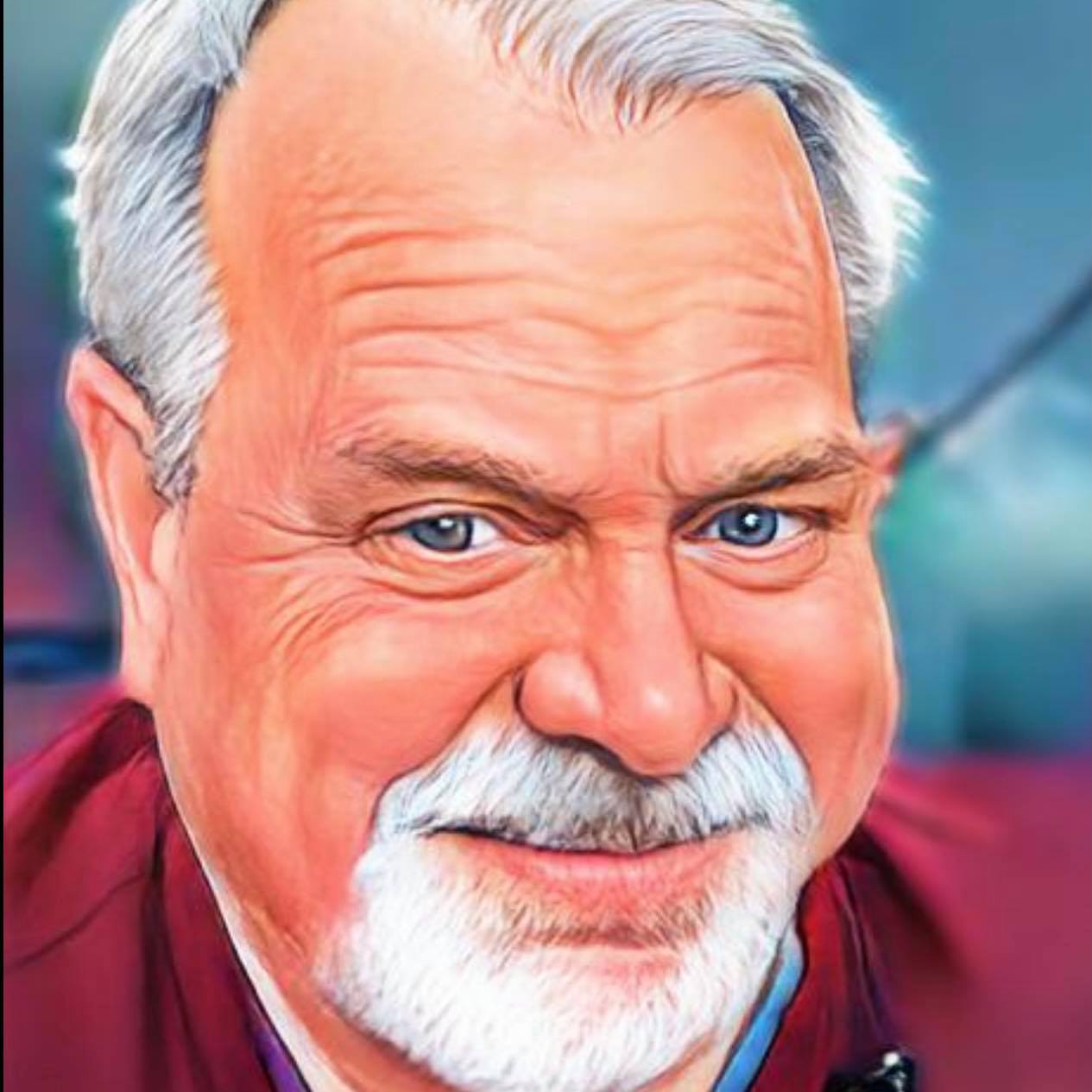
The design and choice of a bicycle frame is a complex process that requires consideration of many factors, including the intended use of the bike, rider size and position, and materials, among others.
The main factors considered when designing or choosing bicycle frame:
- Intended use of the bike: The intended use of the bike determines the frame's geometry. Different types of bicycles, such as road bikes, mountain bikes, and touring bikes, have different frame geometries designed to optimize performance in specific scenarios.
- Frame geometry: The frame geometry refers to the angles and lengths of the tubes that make up the frame. The frame's geometry affects the bike's stability, comfort, speed, and handling. Some of the key measurements of frame geometry include head angle, seat angle, top tube length, chainstay length, and bottom bracket height.
- Rider size and position: The rider's size and position should be taken into account when designing the frame, ensuring maximum comfort and fit. The size and position of the handlebars, saddle, and pedals should also be considered.
- Materials: Modern bicycles are built from a range of materials, including steel, aluminum, titanium, and carbon fiber. Each material has its characteristics, including weight, stiffness, and durability, that can contribute to different riding experiences and should be considered in the design process.
Frame tube identification is a process of labeling and identifying frame tubes in a bicycle frame. The tubes are as follows:
The top tube, down tube, head tube, bottom bracket, chain stays and seat stays are all different parts of a bicycle frame that work together to provide support and stability.
Descriptions of each frame tube:
- Top tube: The top tube is the horizontal tube on the frame that connects the seat to the handlebars. It provides support for the rider's weight and determines the bike's standover height.
- Down tube: The down tube is the vertical tube on the frame that connects the head tube to the bottom bracket. It contributes to the bike's overall stiffness and provides support for the rider's weight.
- Head tube: The head tube is the part of the frame that holds the fork, stem, and handlebars. It determines the bike's steering angle and provides a mounting point for the front brake.
- Bottom bracket: The bottom bracket is the part of the frame that houses the crankset, pedals, and bearings. It provides support and stability for the rider's pedaling force.
- Chain stays: The chain stays are the two tubes that run from the bottom bracket to the rear dropouts. They support the rear wheel and transmit power from the pedals to the rear wheel via the chain.
- Seat stays: The seat stays are the two tubes that run from the top of the seat tube to the rear dropouts. They help to absorb shock and vibrations and provide additional support for the rider's weight.
Each part of the bicycle frame serves a critical function and contributes to the bike's overall performance and stability. A well-designed and constructed frame optimizes the rider's comfort, efficiency, and safety for the intended use.
The frame tube identification is essential as it helps in specifying the proper replacement and repair during maintenance and adjustment of the bicycle frame. It also allows for a reference that indicates the specific characteristics of each tube and provides a guide in properly assembling and designing the bike frame.
The design and choice of a bicycle frame requires careful consideration of several factors, including frame geometry, rider position, intended use, materials, and tube identification, ensuring that the resulting bike offers optimal performance, comfort, and durability.
Many riders select a bicycle without considering the above factors. In those cases a bicycle mechanic can alter the riders comfort by fitting the rider. This is accomplished by carefully measuring the riders physiology to the geometry through clever alterations to the stem, handlebars, crankset and saddle.

Brian Hahn is a fully certified professional bicycle mechanic, a former member of the PBMA and an instructor of CABS. He has been published in several publications on varied topics. Over the past six years he has taught both the BAM Certification program and the Bicycle Building and Wheel Truing Certificate courses. You can also connect with him on our Workshops throughout the year.
